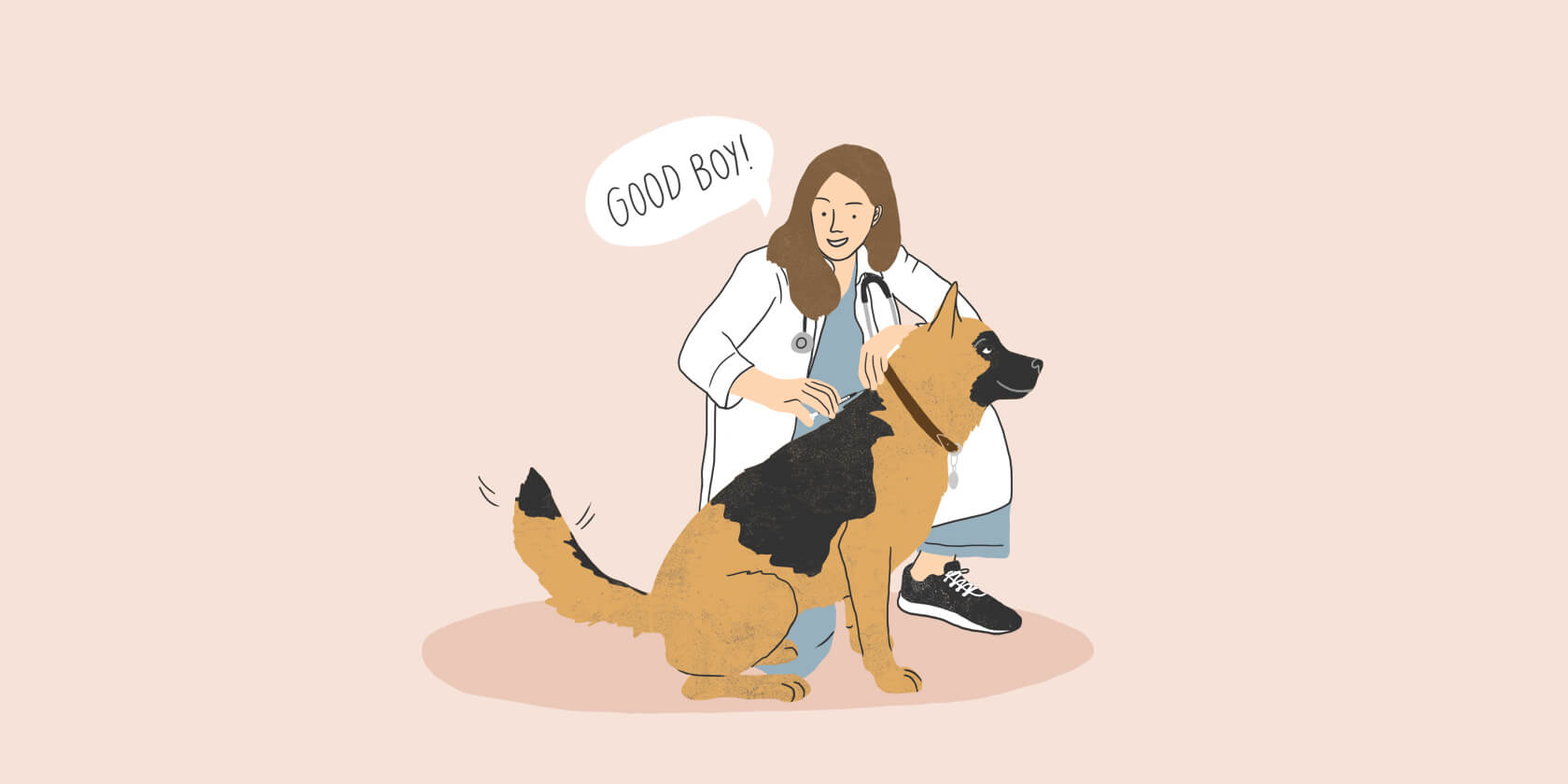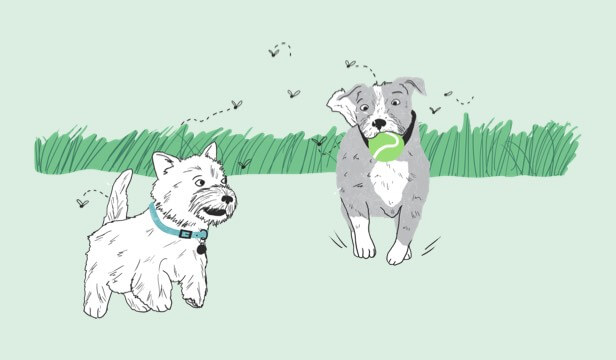Heartworm disease is a serious and potentially fatal condition caused by up to foot-long worms that live in and cause damage within the heart, lungs, and blood vessels of unprotected mammals. Unfortunately, dogs are natural hosts for heartworm disease, leaving them highly susceptible to infection. This means it’s easy for heartworms to grow into adults, mate, and produce offspring, which can lead to severe damage to the dog’s body and organs.
If left untreated, these heartworms can cause lung disease, heart failure, and serious damage to other organs of your dog’s body1. The best way to prevent your dog from getting heartworm disease is to place them on a year-round heartworm preventative that guarantees protection for a full 12 months.
However, if your dog does test positive for heartworm disease (as many thousands of unprotected dogs do each year) there are treatment options available.
Treatment for Heartworm-Positive Dogs
Every dog and every case of heartworm disease is different. Your veterinarian will develop a treatment plan specifically for your heartworm-positive dog and advise you on aftercare. There is more than one approach to treatment, but injectable medication is the mainstay of successful treatment.
Medication
Only one active ingredient (melarsomine dihydrochloride) is approved by the US Food and Drug Administration (FDA) for the treatment of heartworm disease in dogs2. This is a reliable and safe treatment of adult heartworms in dogs. Along with this medication, your veterinarian may also prescribe a heartworm preventative and an antibiotic to help eradicate the heartworms, and other medications to minimize complications arising from the death of these worms.

Special Care During Heartworm Disease Treatment
After heartworm disease treatment (or until your dog tests negative for heartworm disease) the most important thing is keeping your heartworm-positive dog calm and restricting exercise during this time. Successful heartworm disease treatment relies on temporarily avoiding any activity that could cause your dog’s blood pressure or heart rate to increase significantly. When a dog isn’t properly restricted from physical activity following treatment, dead heartworms can collect within vital organs and cause fatal damage or obstruction.
Tips to help your dog stay calm3:
- Replace Activity with Affection
You can replace activity time with cuddles while you’re online, watching TV, or reading. Keep a leash or harness on your dog while cuddling, so they can’t bolt away when you’re not looking. - Keep Them Away from Visitors
Both human and animal visitors can excite your dog. Keep your dog away from windows if they bark at people passing by. - Stay Indoors
Keep your dog inside or in a kennel most of the time to restrict their activity. Kennel time doesn’t have to be a negative thing for your pup — take time to sit next to them and pet them with the kennel door open. - Keep Them on a Leash
When it’s time for a bathroom break, keep your dog on a leash to ensure that if they see something enticing (like a squirrel), they can’t take chase and their heart rate and blood pressure stays low. Avoid retractable leashes, as they offer far less reliable control and too much freedom. - Give Them Something to Chew
A bored dog can be destructive. Durable chew toys give your dog a healthy and calm way to keep boredom away. - Stretch out Meal Times
Feed your dog with an interactive feeder or feed a portion of their daily food in a puzzle toy to help keep them entertained for hours while they try to get their food out.
Being treated for heartworm disease doesn’t give your dog immunity from getting infected again. Your veterinarian will prescribe a heartworm preventative during treatment. It is important that you continue on a year-round heartworm disease preventative to protect them from having to endure the disease and its effects again. There are convenient injectable heartworm disease preventatives that last for 6 and 12 months, making it simple and easy to keep your dog protected from potentially fatal heartworm disease.
ZPC-00559R2
Important Safety Information: DIROBAN is for use in dogs only. Do not use in dogs with very severe (Class 4) heartworm disease. Avoid human exposure. Consult a physician in cases of accidental human exposure by any route. DIROBAN should be administered by deep intramuscular injection in the lumbar (epaxial) muscles (L3–L5) ONLY. DO NOT USE IN ANY OTHER MUSCLE GROUP. DO NOT USE INTRAVENOUSLY. Care should be taken to avoid superficial injection or leakage. Safety for use in breeding, pregnant or lactating animals has not been determined. Common side effects include injection site irritation (accompanied by pain, swelling, tenderness and reluctance to move), coughing/gagging, depression/lethargy, anorexia/inappetence, fever, lung congestion and vomiting. All patients should be monitored during treatment and for up to 24 hours after the last injection. See full Prescribing Information for additional safety information and precautions.
- Heartworm Basics. American Heartworm Society. https://www.heartwormsociety.org/pet-owner-resources/heartworm-basics. Accessed November 26, 2019.
- Heartworm Positive Dogs. American Heartworm Society. https://www.heartwormsociety.org/heartworm-positive-dogs. Accessed November 26, 2019.
- Battling Boredom: Tips for Surviving Cage Rest. American Heartworm Society. https://d3ft8sckhnqim2.cloudfront.net/images/Think_12_PDFs/6-2014-factsheet.pdf?1404926566. Accessed November 25, 2019.






